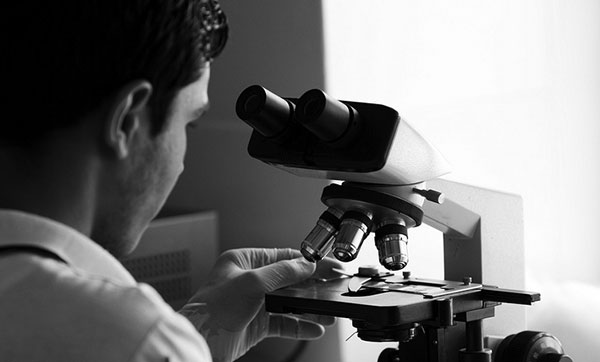Mold testing is an easy and non-invasive way to find out if mold is growing in your home. Normally, mold testing is done as part of a certified mold inspection.
*PLEASE NOTE: Although we are certified in both mold testing and mold removal, we do not provide both services to the same client due to a conflict of interest.
Reliable Mold Testing Results
Firstly, a Certified Mold Inspector (CMI) handles all of our mold testing. We submit all mold tests to a third-party accredited laboratory for independent analysis. Next, a Microbiologist analyzes the samples and reports if any mold was identified. If so, they specify the number of spores/colonies and the types of mold identified in the sample. Above all, we handle every mold sample in strict accordance with industry guidelines to ensure the most reliable and accurate results possible.
State-of-the-art Mold Testing Equipment
Titanium Laboratories uses the best equipment possible to ensure reliable mold testing results. Additionally, we utilize different methods of mold testing to collect a sample depending upon your unique situation.
Surface Sampling
Swab
Sometimes, suspect mold growth exists on a material, such as a wall. Swab testing is the usual method of mold testing for this situation. Wiping the suspicious area with a sterile swab, we collect a sample. Then we submit the swab sample to a third-party accredited laboratory for analysis.
Tape Lift
A tape lift offers another simple option to determine if mold growth exists on a surface. The Certified Mold Inspector uses a small piece of clear tape to grab a sample of the suspect mold growth. Afterwards, we submit the tape lift to a third-party accredited laboratory for analysis.
Bulk
Besides swab and tape lift sampling, we can also collect a piece of the actual affected material. For example, a small piece of carpet. Or wallboard. When practical, a bulk sample of the affected material is collected and submitted to the third-party accredited laboratory for analysis. Because swab and tape lift mold testing methods can usually provide similar information without further damaging any of the affected surfaces, we rely on them more often than bulk samples.
Air Sampling
Your Certified Mold Inspector will select the correct media (a plate or a cartridge) and will insert it into an air machine. That air machine produces a sample of a measured volume of air from the affected area. Following collection, we submit air samples to a third-party accredited laboratory for analysis. This method of mold testing allows your Certified Mold Inspector to determine if your indoor air is affected by elevated levels of mold growth.
Reasons for Mold Testing
Clients hire us for many different reasons, most commonly:
- Visible mold growth
- Musty odor
- Water intrusion
- Leaks
- Persistent allergies when inside the home
- Discolorations on walls, ceilings, floors
- Selling a home
- Buying a home
- Following mold remediation (Mold Clearance Certificate)
To learn more about mold testing and find out if it’s right for you, call us now for more information.

